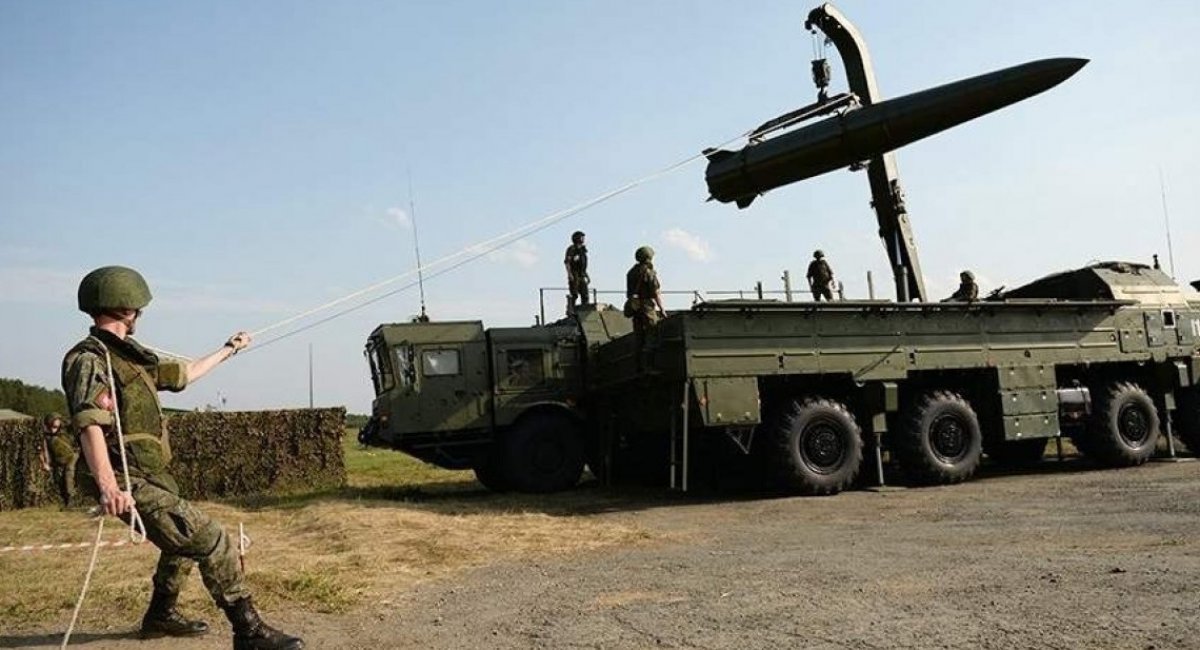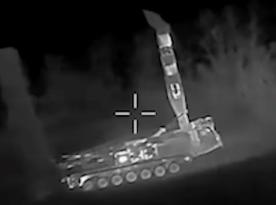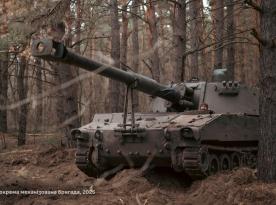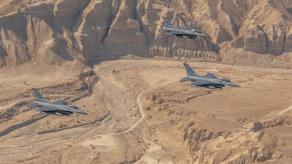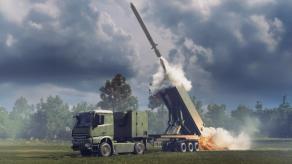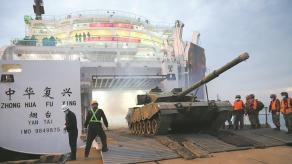The General Staff of the Armed Forces of Ukraine has reported a successful missile strike that destroyed one russian Iskander-M launcher and inflicted significant damage on two others. The targeted systems belonged to russia’s 26th Missile Brigade, a unit subordinated to the 6th Combined Arms Army of the reestablished Leningrad Military District. Notably, this brigade was the first in the russian Armed Forces to fully transition to the Iskander system and was directly involved in the missile strike on the Drama Theater in Chernihiv in August 2023.
According to Ukrainian military intelligence, the strike occurred near the town of Klintsy in russia’s Bryansk Oblast — approximately 50 kilometers from the Ukrainian border. Given the range and positioning, it is likely these systems were preparing for a strike on targets in northern Ukraine, possibly even Kyiv.
Read more: Ukraine Deploys Experimental Tech Weapon in Combat, Munition Weighing Over 100 kg Struck Fortified Target (Video)
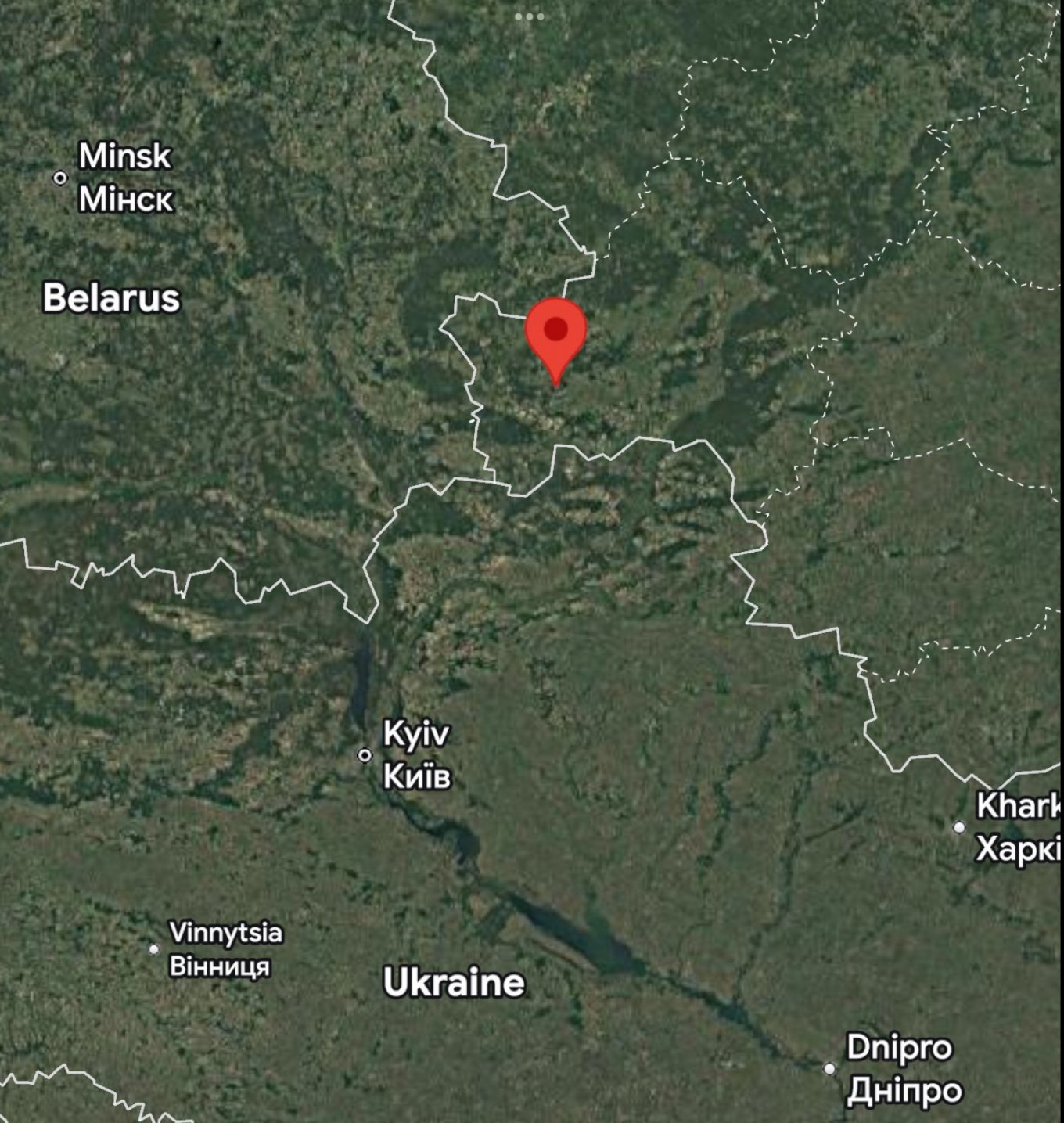
The operation stands out not only for its success but for its complexity. Judging by the limited but confirmed details, it required a precise understanding of russian operational planning — including schedules for missile unit deployments and likely launch windows — as well as the selection of a strike weapon capable of hitting the Iskanders swiftly and accurately before they could relocate or fire.
This may be the first confirmed instance where russian Iskander launchers were successfully struck directly on a firing position. That fact alone underscores the level of coordination and tactical planning involved. Ukrainian forces had to rely on timely intelligence, rapid decision-making, and careful execution to ensure that the enemy systems were caught in a vulnerable state.
Another layer of intrigue remains: what exact type of missile system Ukraine used to carry out the strike has not yet been revealed. The lack of clarity fuels speculation, particularly as this level of operational precision suggests either an advanced Ukrainian capability or a new Western-supplied system.
Equally important is the broader strategic effect: the strike likely disrupted an imminent missile attack that could have caused significant civilian casualties. The operation is reminiscent of the high-stakes hunt for Iraqi Scud missile systems conducted by Western forces during Operation Desert Storm in 1991 — a campaign that also demanded exceptional intelligence and timing to succeed.
In this case, Ukrainian forces demonstrated not only technical capacity but also the operational maturity to carry out a high-risk, high-reward strike deep behind enemy lines — and won.
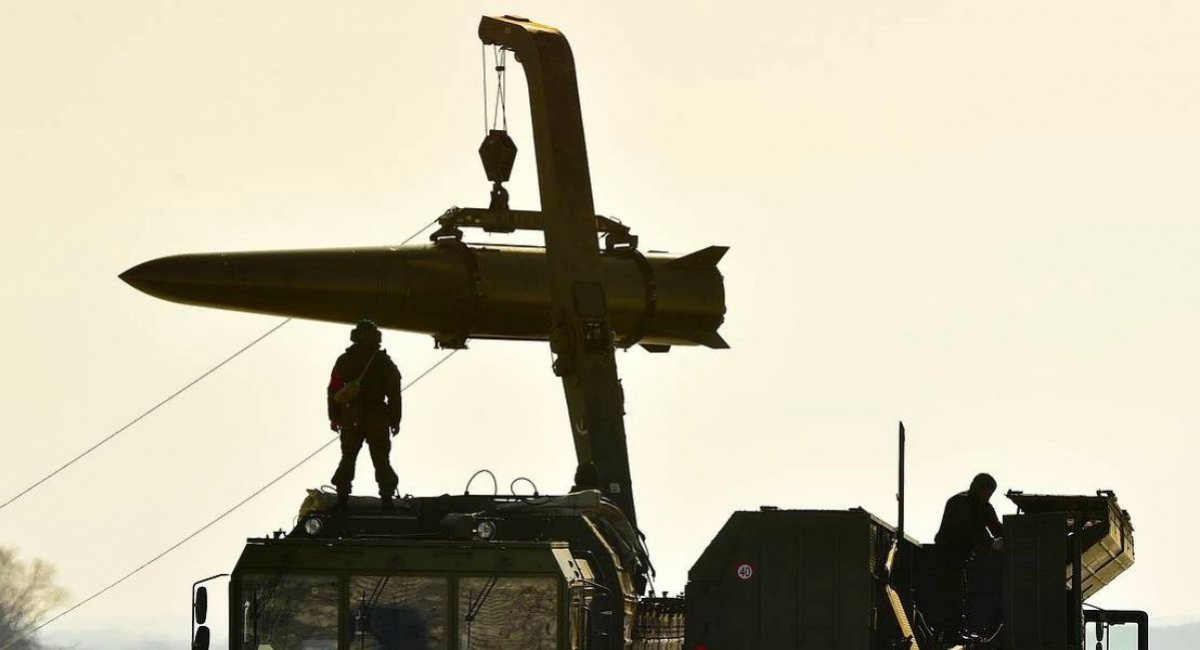
For reference:
Russia has about 160 Iskander mobile short-range missile systems in service.
As of mid-May 2025, according to the Defense Intelligence of the Ministry of Defense of Ukraine, which was provided at the request of the Ukrainian publication NV, the russian federation had the following missile stocks for these missile systems:
• Iskander-M ballistic missiles - almost 600 units;
• Iskander-K cruise missiles - almost 300 units;
At the same time, russia is constantly replenishing its missile stocks. According to the Defense Intelligence of Ukraine, within a month the aggressor country is capable of producing:
• Iskander-M ballistic missiles - 60−70 units;
• Iskander-K cruise missiles - 20−30 units.
As Defense Express reported earlier, russia upgraded Iskander-M missiles, making them harder to intercept.
Read more: russia's Racing to Expand Solid-Fuel Engine Production Capacity, Offering More S-400, Iskander and ICBM Missiles




